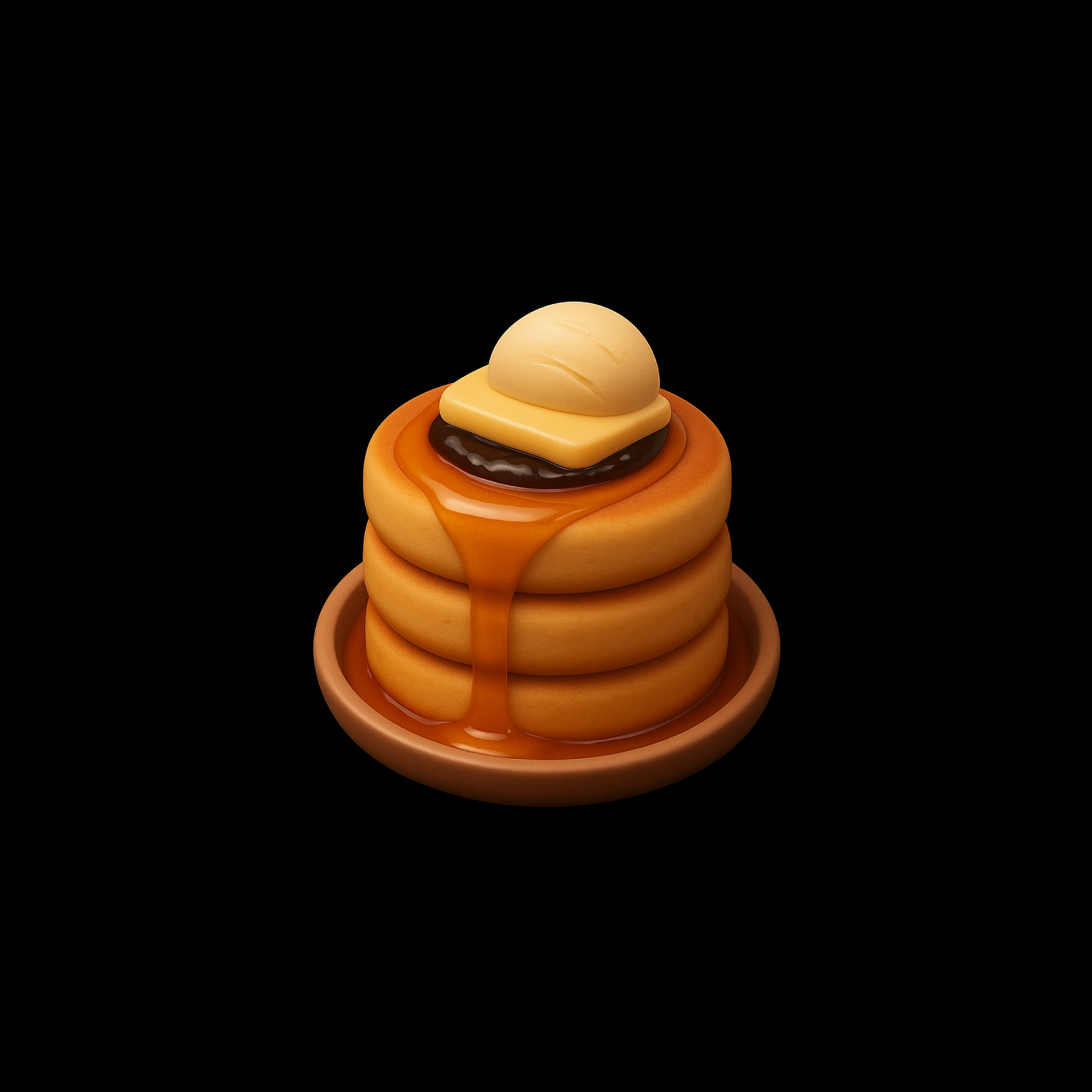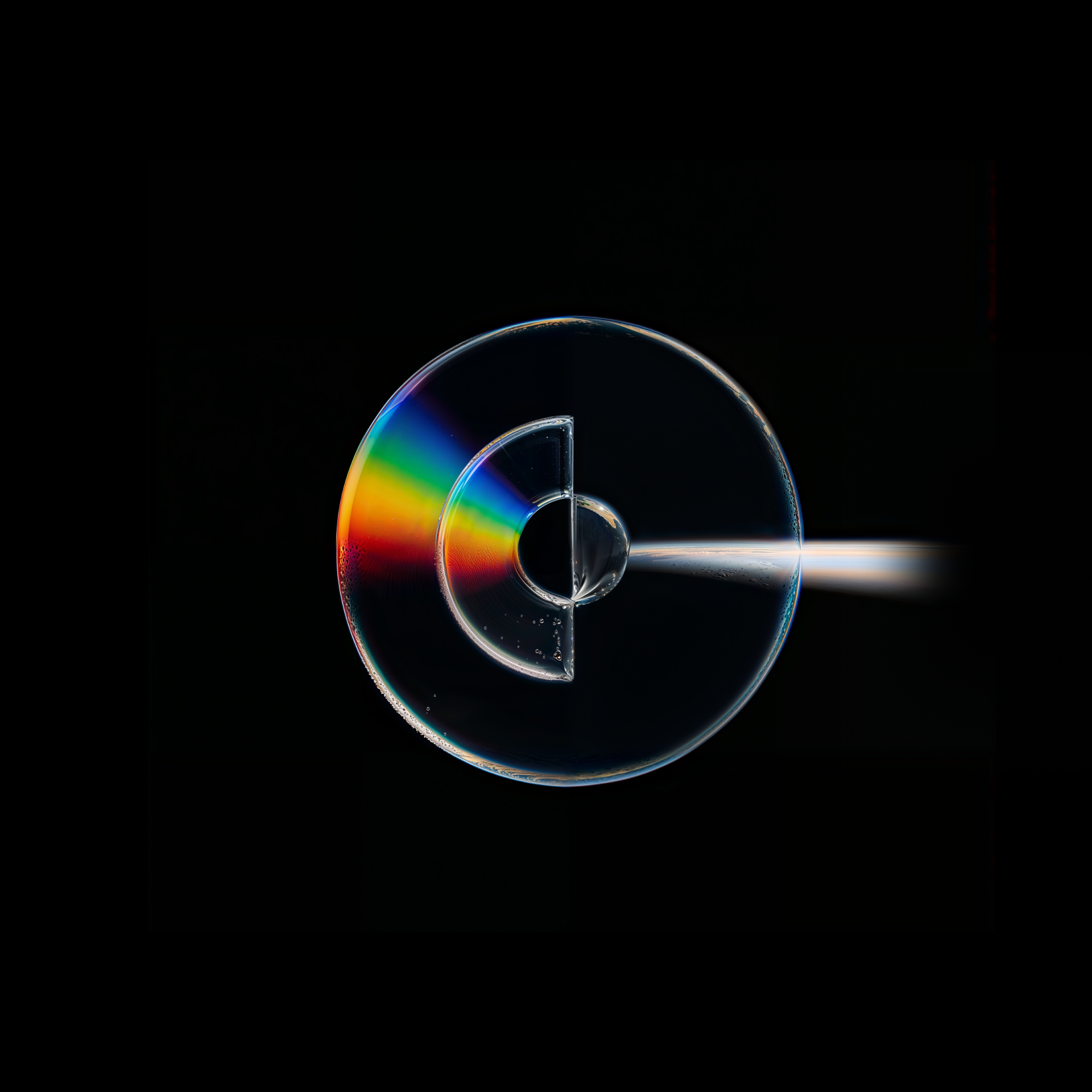Vibe Coding and Design Critique: Intuition Needs Guardrails

TL;DR
- Fast client cycles tempt teams to ship from instinct
- Vibe isn’t verdict, review is still essential
- Discipline protects both creativity and clarity
Some weeks, you’re moving fast. A visual lands. The team feels it. The client nods. Done, right? But speed tempts us to mistake intuition for alignment. That’s when we need to pause, lock in, and check: are we still designing or just reacting?
Designers: The Original Vibe Coders
Before Midjourney prompts and AI autofills, we had sketches, wireframes, napkin notes. A designer’s first move has rarely been rational. It’s instinctual, a gut feeling. You chase what feels interesting. A line here, a shift there.
Vibe coding isn’t new. It just feels like creativity has become more accessible, now you can explore while you build.
Classic design voices embraced this. Charles Eames said, “Design is a plan for arranging elements,” but he didn’t say how to feel your way to that plan. The assumption: intuition starts the process, but never finishes it alone.
What Happens When the Vibe Becomes the Final
Generative tools make skipping steps easier. That’s the trap. When a layout looks “done” early, we forget to test. We bypass roughs. We leave rationale undocumented.
The risks pile up:
- Interfaces that look elegant but exclude real users (of viewports)
- Half-backed thoughts make it to the production files
- Brand artifacts that feel slick, yet shallow (souless)
When vibe becomes final, design stops being strategic. It becomes decoration.
Staying Present Inside the Rush
This surfaced across a few sprints these past weeks. Mid brief, Figma’s already open. A quick GPT prompt. Send to client. The work looked right, and the calendar said yes. But something subtle went missing: rationale, testing, user checks. In short, discipline.
I don’t believe this happens because we aren’t thinking. It happens because urgency blurs intention.
That’s the gap. Vibe gets you started. Guardrails get you through. And presence, real attention, not reactive mode, is what lets the two meet.
Guardrails We’re Re-Committing To
- Lock-in, not just ship out. Even a 15 minute team review resets perspective.
- Accessible by design. Ask early, who could this exclude?
- Clarity tests. If a user or strategist can’t explain it, we’re not done.
- Doc the why. Every design decision should be legible to someone else.
- Play, then audit. Explorations are welcome. But before it goes client side, it needs a check.
What We Learned
Fast isn’t the enemy. It’s the lack of examination that makes speed dangerous. When we rely too heavily on vibe without pausing for critique, the work risks becoming shallow or misaligned. Guardrails, even lightweight ones, help protect our intent and sharpen our output, especially under pressure. Staying present lets us spot where quality is slipping before it’s too late.
Reflection isn’t an add-on; it’s how we grow, not just how we ship.
We’re building simple rituals to bake critique into fast loops. If you’ve found ways to balance speed and thoughtfulness, we’d love to hear how.

